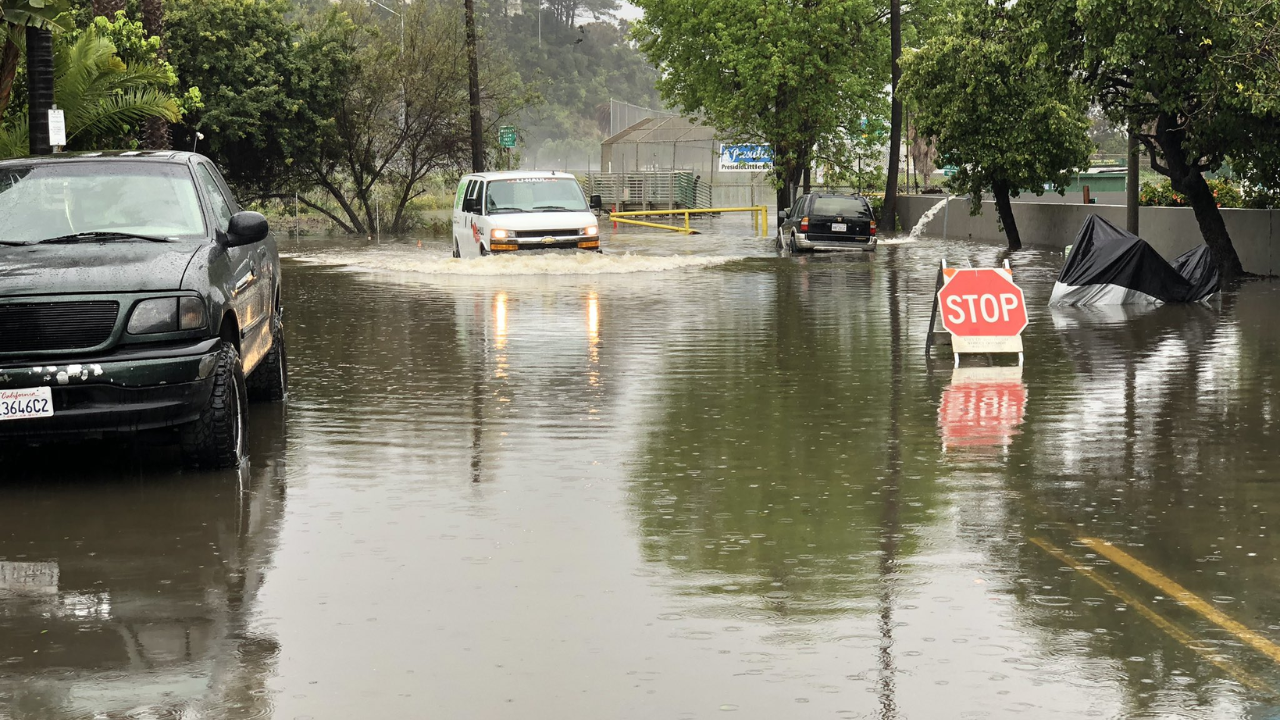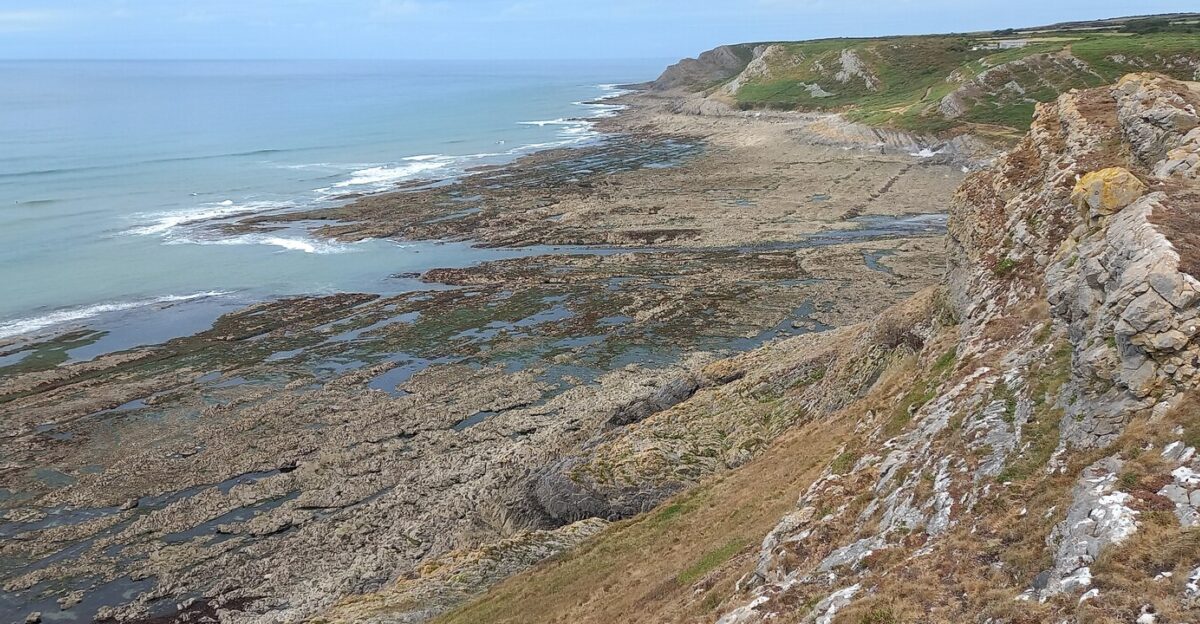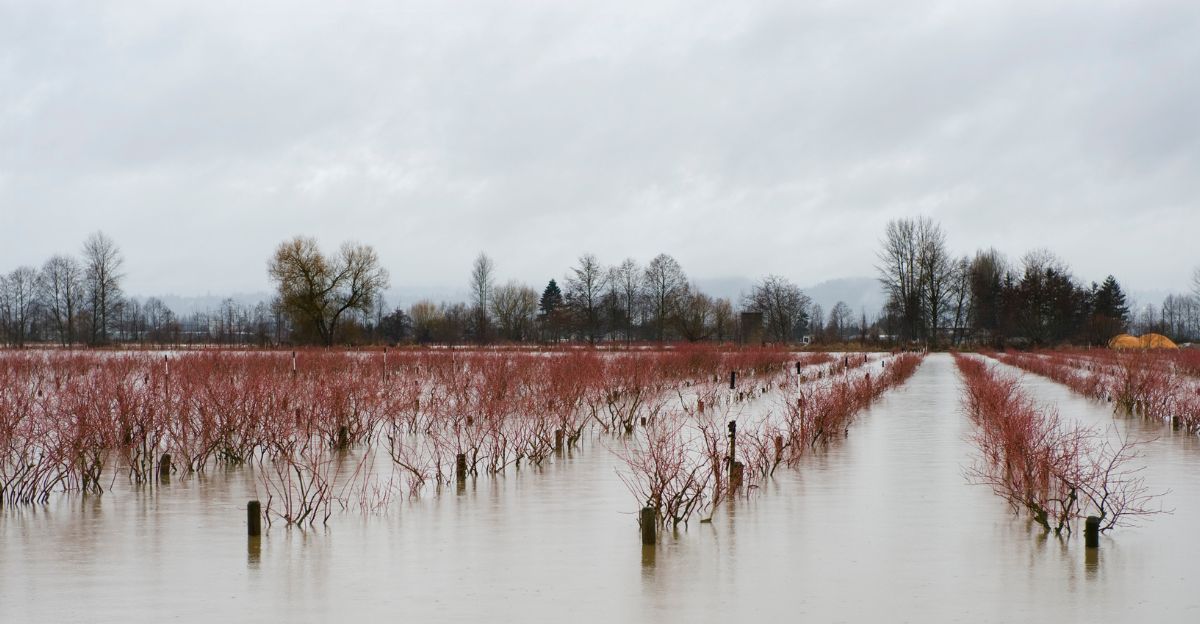
A powerful atmospheric river is set to hammer the West Coast from October 25 through 31, 2025, bringing torrential rain, 50–70 mph coastal winds, and flooding from Northern California to Washington. Forecasts suggest a deluge of rare magnitude for October—one that could disrupt travel, trade, and daily life across the region.
“We’ve had systems that have characteristics of atmospheric rivers, but this one and potentially some after—it’ll be an active pattern—will have the true qualities of an atmospheric river,” said Joshua Wood, a meteorologist with the National Weather Service (NWS). The system is forecast to show every defining feature: persistent tropical moisture, intense winds, and long duration.
Emergency alerts warn of swollen rivers, mountain snow, and urban flash floods, while state agencies prepare for one of the season’s most hazardous weather events.
An Unusual Setup for a Major October Storm

Meteorologists trace the system’s origins to a deep low-pressure area spinning over the Gulf of Alaska. It’s pulling warm, saturated air northward from the subtropics—creating what scientists call Integrated Vapor Transport (IVT) levels exceeding 750 kg/m/s along Oregon and Washington’s coastlines. That’s far above October norms and explains the forecasted torrents.
“The pattern setting up along the Northwest to Northern California coast is indicative of an atmospheric river as the moisture can be traced back to Southeast Asia,” said Chad Merrill, a senior meteorologist at AccuWeather. “This type of pattern typically yields heavy rain and flooding.”
The result: a broad, moisture-packed corridor poised to deliver extreme rainfall. Areas from the Bay Area through Puget Sound could see 5–10 inches of rain, with higher totals in coastal mountains. The setup mirrors atmospheric river events that struck the U.K. and South America earlier this year, part of a growing global pattern of wetter, slower-moving storms.
Travel and Supply Networks Brace for Impact

By the storm’s peak, transportation networks across the West are expected to seize up. Airports from Seattle to San Francisco forecast mass cancellations, while downpours and landslides threaten to close key highways such as I‑5, I‑80, and U.S.‑101.
Alaska Airlines and other carriers have already issued weather waivers. “Travelers should prepare for widespread disruption,” said an FAA regional spokesperson. Amtrak and commuter lines anticipate service suspensions on vulnerable routes.
Truckers warn that heavy flooding could snarl trade from Seattle to San Diego. Warehouses and grocery distributors are stockpiling essentials like water and canned goods as a precaution. If major mountain passes close, fuel and food deliveries may lag for days.
At ports along Seattle, Oakland, and Portland, high seas and wind are expected to force cargo delays. Electronics, auto parts, and agricultural exports could idle offshore, echoing supply chain slowdowns seen after past Pacific storms. Analysts estimate each day of port closure could cost hundreds of millions in lost productivity.
States Mobilize as Flood Threat Rises

Governors across California, Oregon, and Washington have activated emergency operations centers and pre-positioned National Guard units for evacuations and debris clearance. Utility companies are staging line crews statewide, anticipating extensive outages.
Local responders across the region are preparing emergency response capabilities. Fire departments and emergency management agencies are treating this like a major winter flood event—even though it’s only October—with sandbags, high-water vehicles, and shelters being prepared across vulnerable areas.
Hospitals have set up backup generators as officials warn of potential 24–72 hour power interruptions. Cities along coastal river basins—including Eureka, Salem, and Olympia—are distributing evacuation maps and advising residents to secure outdoor items and prepare emergency kits.
Counting the Costs—and the Lessons

Economists say the financial toll could run into the hundreds of millions once cleanup begins. Property and crop damage, canceled events, and supply disruptions will ripple through retail and service sectors, while insurers brace for spikes in vehicle and home claims. Similar atmospheric river events have historically caused significant economic impacts to the Pacific Northwest region.
Agricultural losses may prove significant: California’s late-season grapes and nuts face flooding in low-lying fields, and Washington orchards may struggle with wind and runoff. Farm equipment and generator retailers are reporting increased demand as farmers prepare for the storm.
However, not all sectors lose. Hardware and generator manufacturers see sales soaring, and emergency restoration companies are boosting hiring. Meanwhile, travel and hospitality industries—from Napa wineries to Seattle hotels—anticipate disruptions and potential cancellations as the storm approaches.
International ripple effects are also expected. Grain and coffee exporters warn of shipping delays, with importers in Asia and Europe bracing for tighter supply and price upticks.
Beyond the Storm: Preparing for a Wetter Future
Atmospheric rivers already cause roughly 80% of the West Coast’s flood damages—an estimated $1 billion annually—and research suggests they’re growing longer, wider, and more intense in a warming climate. “Warmer air holds more moisture, increasing the potential for heavy rainfall in a warming climate,” according to climate researchers. For every 1°F of warming, air can hold an extra 4% of moisture.
Federal agencies including FEMA and NOAA are coordinating post-storm assessments and reviewing adaptation strategies, such as improved levees and floodplain management. Communities from Redding to Tacoma are also weighing investments in upgraded infrastructure.
While another storm pattern may follow in early November, meteorologists urge preparedness rather than panic. “Keep a 72-hour kit and follow official alerts,” NWS advises.
As rain starts to fall and waves pound the coast, the storm becomes more than just a weather system—it’s a measure of how ready the West Coast is for a new era of extreme precipitation.